Light Reflectance Value (LRV)
What Is the Light Reflectance Value (LRV) of Colour?
Light Reflectance Value, or LRV, is a key factor in how a colour behaves in a space. It refers to the percentage of light a colour reflects—an important metric for both design and lighting planning.
LRV is measured on a scale from 0% (absolute black) to 100% (pure white). In real-world application, however, no paint color reaches these perfect extremes. The darkest black paints typically have an LRV around 5%, while the brightest whites hover near 90%.
How LRV Works
If a paint colour has an LRV of 10, it reflects 10% of the light that hits it and absorbs the remaining 90%. In contrast, a colour with an LRV of 80 reflects 80% and only absorbs 20%.
For a quick reference:
• LRV below 50% = the colour absorbs more light, making it appear darker.
• LRV above 50% = the colour reflects more light, creating a brighter, lighter look.
Each colour swatch in a fan deck moves from light to dark versions of the same hue, and the LRV helps you identify how much light each one will bounce back into the room.
Example in Action
Take PPG1061-7 Bigfoot—a rich, moody hue with an LRV of 10. In a well-lit living room, this colour absorbs most of the light, giving the room a cozy, dramatic atmosphere. As you look at the full swatch, you’ll see how the same hue becomes lighter with higher LRVs.
A Note on Yellow
While yellow is one of the most reflective hues, its visual intensity often overrides its LRV. That’s why, when choosing yellow, focus more on how intense or muted it looks, rather than relying on LRV alone.
Why Is light reflectance value Important?
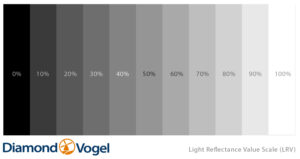
1. For Interiors:
LRV gives you a sense of how a colour will actually look on your walls once applied. It helps you plan for contrast, brightness, and the overall feel of a space. Darker colours (low LRV) will make a room feel cozier, while lighter colours (high LRV) will open it up.
2. For Exteriors:
When painting surfaces like vinyl siding, using a colour with too low an LRV can lead to heat absorption and warping. It’s essential to match or choose a lighter shade than the original finish.
3. For Lighting Design:
LRV helps determine how much lighting a space needs. Rooms painted with darker colours require more light fixtures or higher-lumen bulbs to achieve adequate brightness.
Tip: When testing paint colours, pay attention to the light reflectance value LRV listed on the back of the swatch or on the manufacturer’s website. Pair it with light exposure and room size to make smarter, more efficient colour decisions.
Need help choosing the right color for your space? Let’s talk light, color, and everything in between—reach out for expert advice that reflects your style.
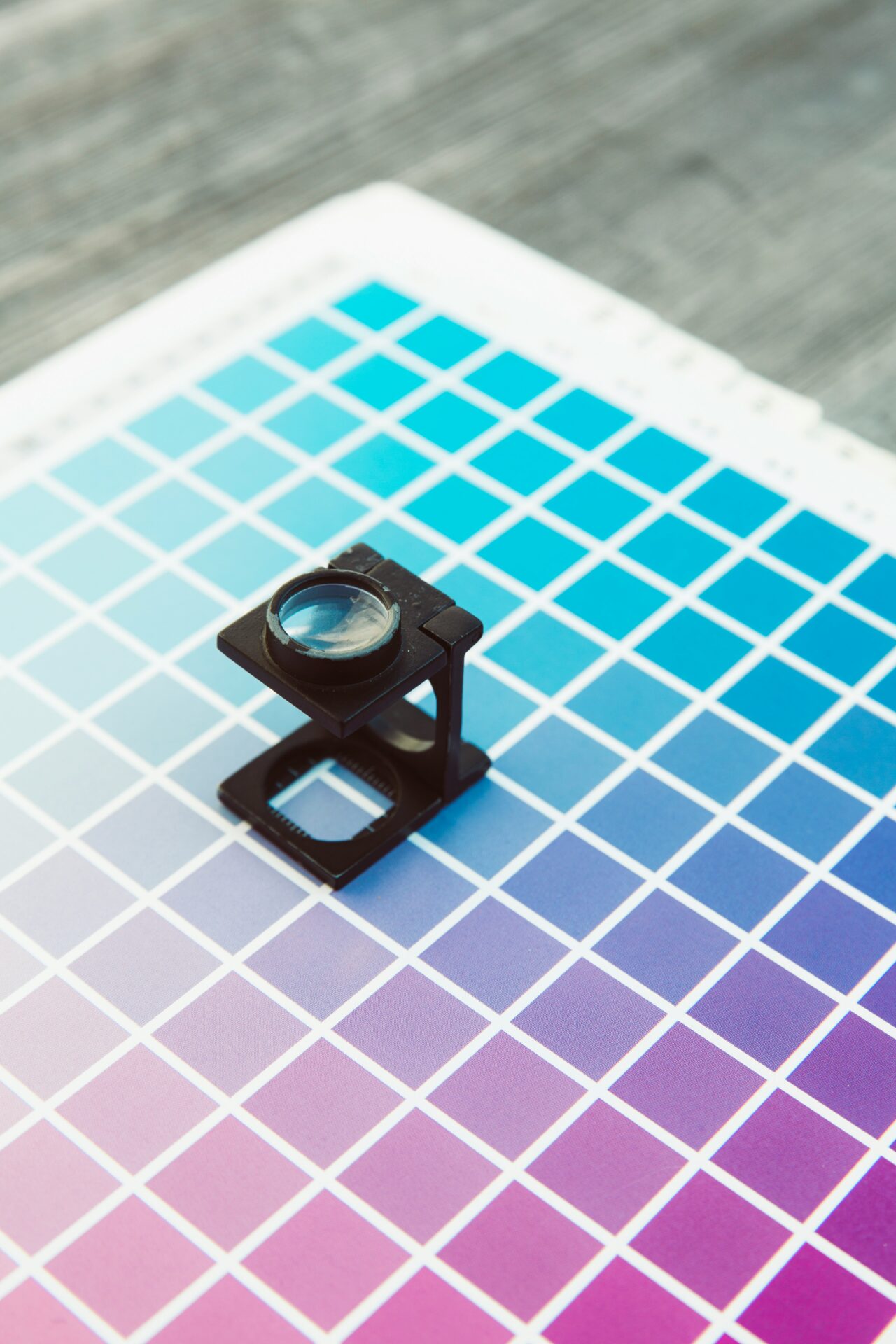
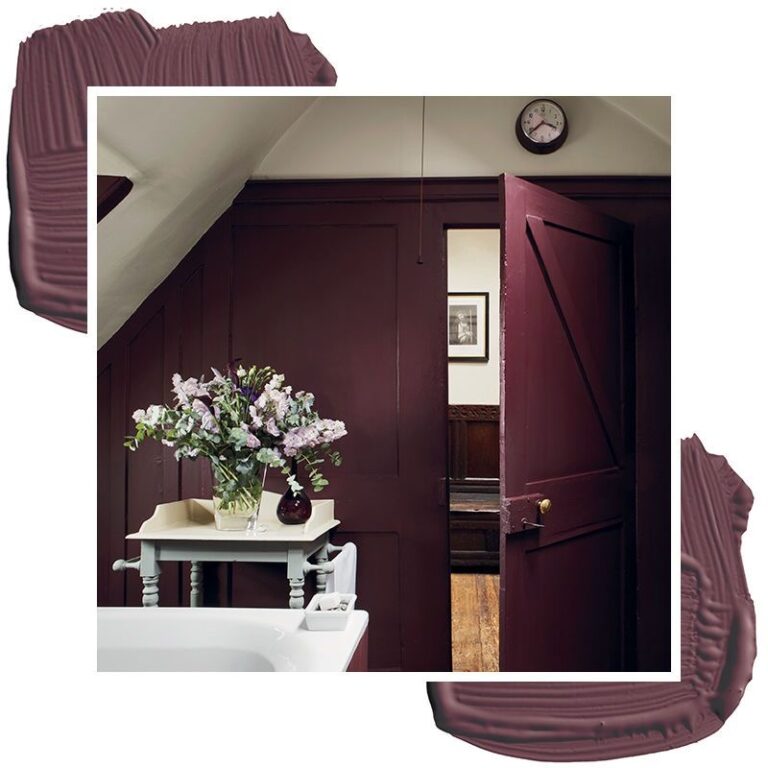



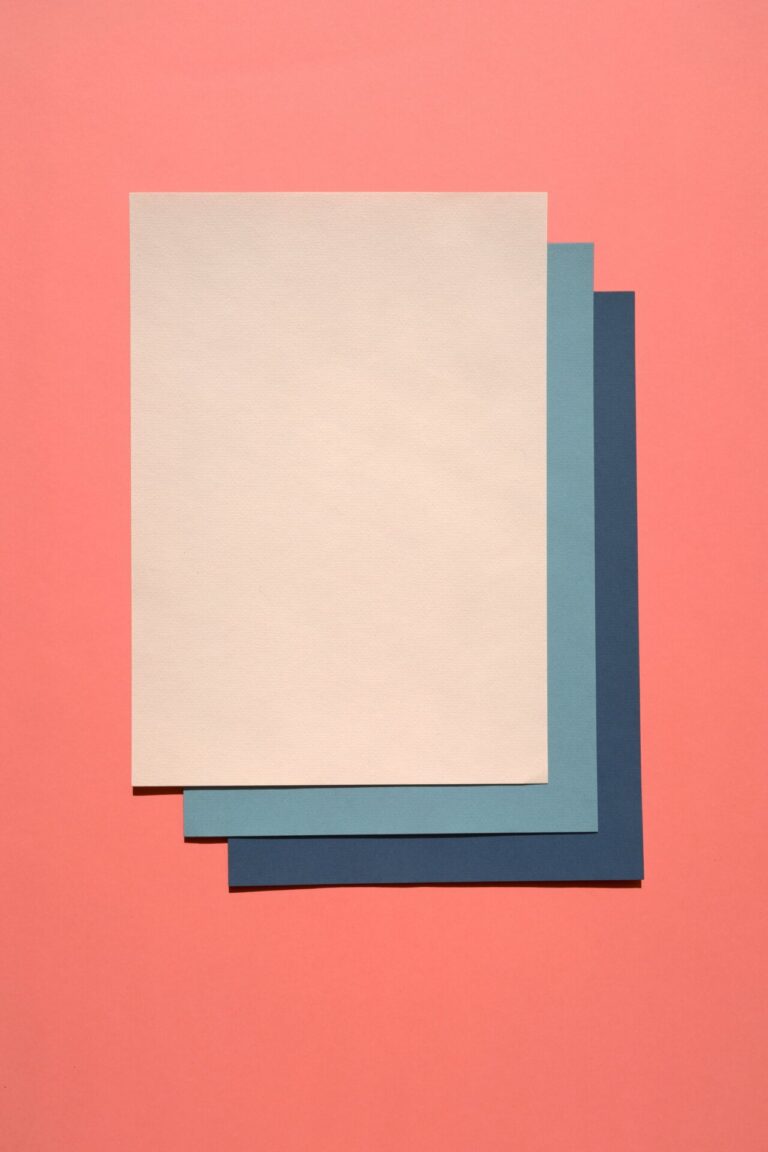
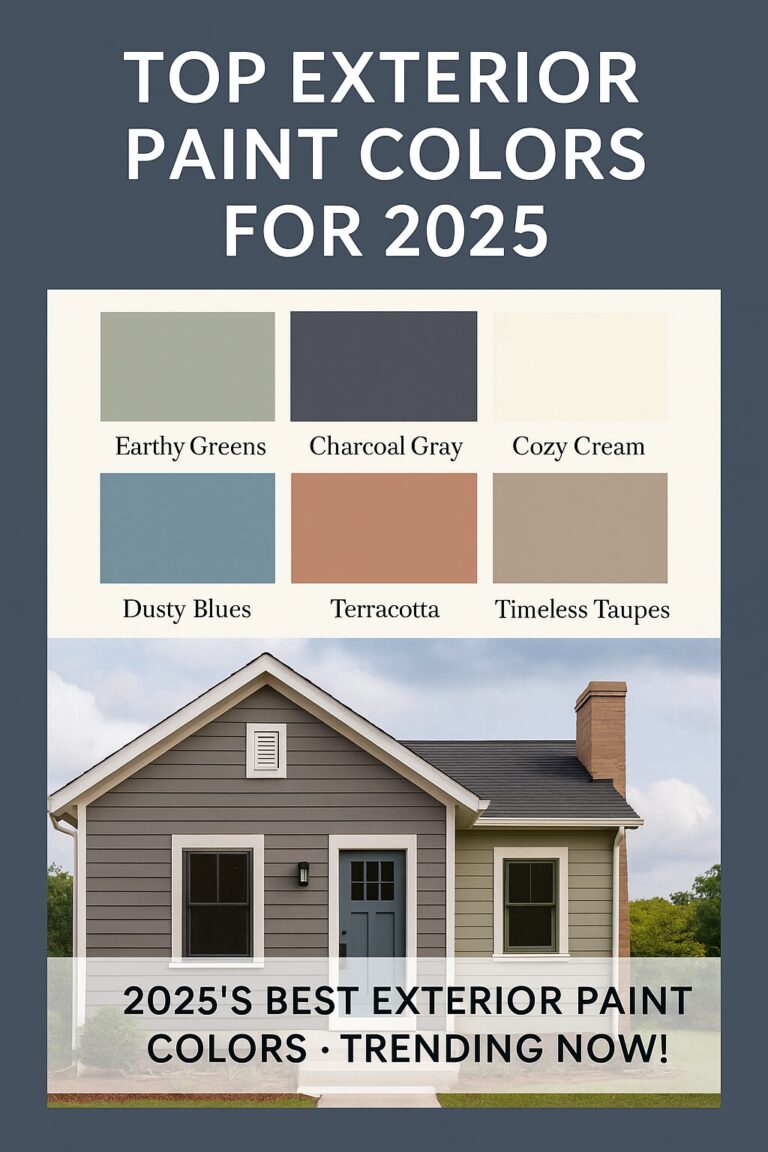
I noticed the LRV on fandeck- always wondered about why is there. That’s actually very important, especially on exterior vinyl siding- I saw more than once wrapped up siding painted dark
That’s correct, you need to use “vinyl safe” colours